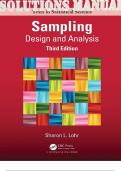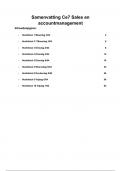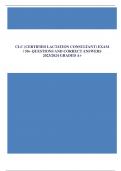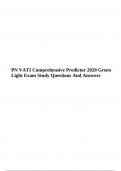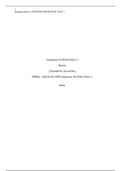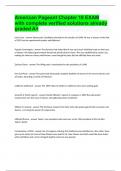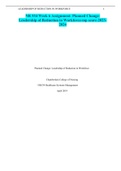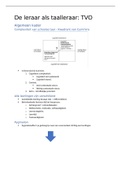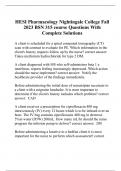Examen
SOLUTIONS MANUAL for Sampling: Design and Analysis, 3rd Edition by Sharon Lohr | Chapters 1-17
- Grado
- Institución
- Book
SOLUTIONS MANUAL for Sampling: Design and Analysis, 3rd Edition by Sharon Lohr. ISBN-13 978-9, ISBN: 8266. _ TABLE OF CONTENTS: 1. Introduction 2. Simple Probability Samples 3 . Stratified Sampling 4. Ratio and Regression Estimation 5. Cluster Sampling with Equal Probabilities 6. Sampling with Uneq...
[Mostrar más]
